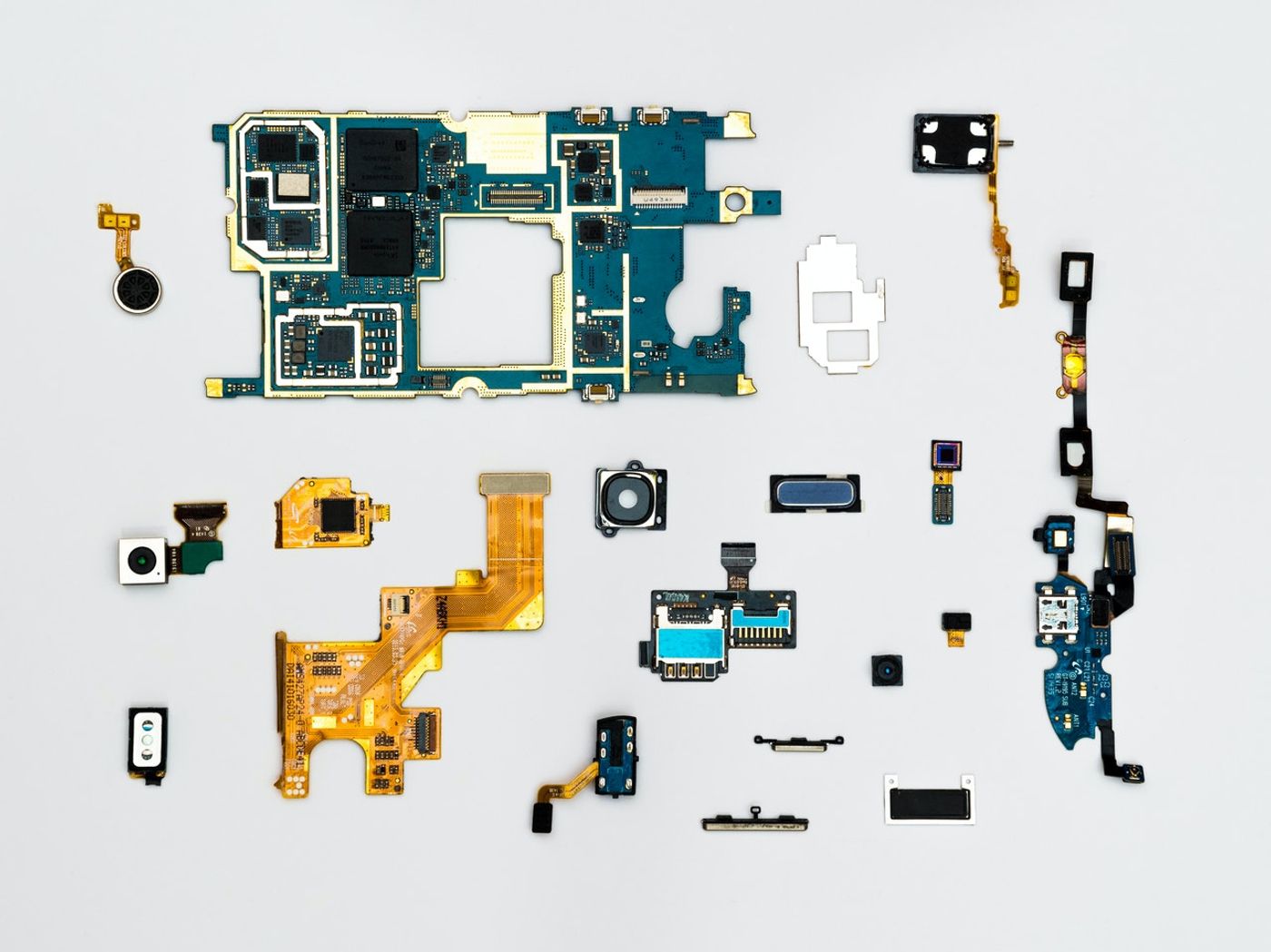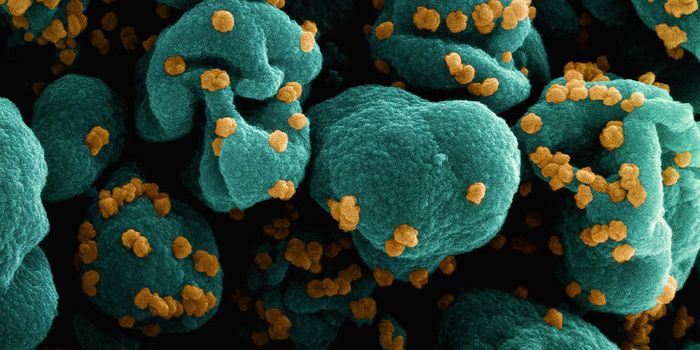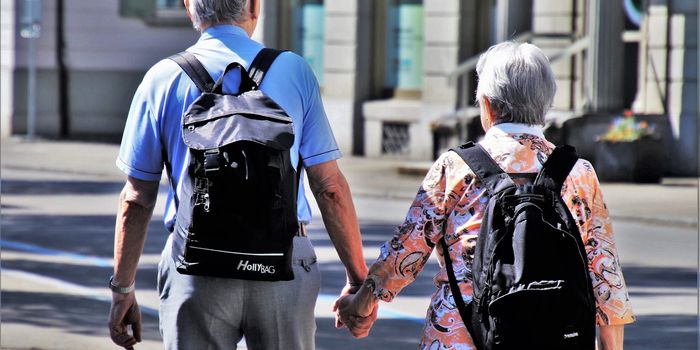Detecting Dystonia in the Blink of an AI
A team of scientists have created a diagnostic tool, powered by artificial intelligence (AI), that can pick up on the subtle signs of dystonia — a neurological condition that causes involuntary muscle contractions. Dystonia, an incurable condition, is notoriously difficult to diagnose and can affect parts of the body such as the jaw, eyelids, hands, and neck. These involuntary spasms can make daily tasks anywhere from challenging to impossible for patients, who often wait up to a decade to get a definitive diagnosis.
The AI experts used MRI scans taken from the heads of around 600 individuals, 392 of which had been diagnosed with dystonia. These were fed into the system, called DystoniaNet, which eventually “learned” to pick out differences between the healthy controls and those who had the condition. DystoniaNet was found to be able to diagnose dystonia with 98.8 percent accuracy in under a second.
Currently, diagnosing dystonia relies heavily on subjective clinical observations, of which as many as half of all cases remain misdiagnosed after an assessment. As a result, patients continue to live with their painful, prolonged muscle contractions that result in abnormal postures and movements.
Kristina Simonyan, senior author of the study said, “There is a critical need to develop, validate and incorporate objective testing tools for the diagnosis of this neurological condition, and our results show that DystoniaNet may fill this gap.”
DystoniaNet joins a suite of other deep learning AI algorithms for clinical diagnostics currently in development which are able to “see” changes in MRI scans that are invisible to the naked eye. The platform can analyze 3 dimensional brain scans at a pixel level, detecting patterns that would escape even seasoned physicians. Future work aims to expand the DystoniaNet platform to be able to detect even more types of dystonia. Trials at multiple clinical sites are also being set up to validate the system with larger cohorts of patients.
Source: Massachusetts Eye and Ear.









